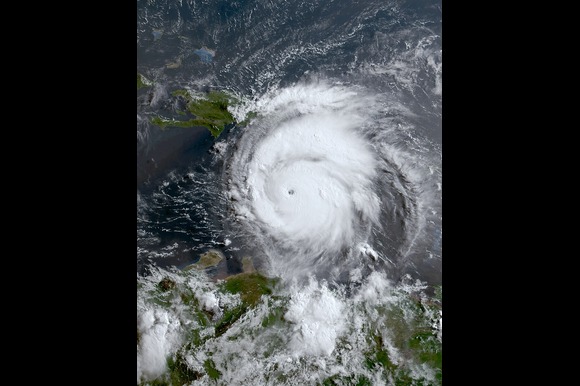
Free Press Journal
US consumer prices experienced a greater-than-anticipated increase in January, underscoring the Federal Reserve’s stance that it is not in a hurry to initiate interest rate cuts amidst escalating economic uncertainty.
According to the Labor Department’s Bureau of Labor Statistics (BLS), the consumer price index (CPI) rose by 0.5 percent last month, following a 0.4 percent increase in December.
Over the 12-month period ending in January, the CPI saw a 3.0 percent rise, compared to a 2.9 percent increase in December. Economists surveyed by Reuters had predicted a 0.3 percent gain in the CPI and a year-on-year increase of 2.9 percent.
The BLS has revised its weights and seasonal adjustment factors, which are utilized to eliminate seasonal variations from the data, in order to better reflect price trends for 2024.
Part of the CPI increase last month may be attributed to businesses implementing price hikes at the beginning of the year.
Additionally, companies might have proactively raised prices in anticipation of forthcoming higher and more extensive tariffs on imported goods.
President Donald Trump announced earlier this month the suspension of a widely anticipated 25 percent tariff on imports from Canada and Mexico, extending the deadline until March. Conversely, a 10 percent additional tariff on Chinese imports was implemented this month. Economists predict that these tariffs, once enforced, will contribute to an increase in inflation.
Federal Reserve Chair Jerome Powell informed lawmakers on Tuesday that “inflation moderated a little further last year,” while noting that “recent progress has been bumpy.”
Inflation continues to exceed the Federal Reserve’s target of 2 percent.
The likelihood of a rate cut this year is decreasing due to growing uncertainty regarding the economic ramifications of the Trump administration’s trade, immigration, and fiscal policies.
According to a University of Michigan consumer survey released last week, consumers’ one-year inflation expectations rose to a 15-month high in early February, as households felt that “it may be too late to avoid the negative impact of tariff policy.”
In conjunction with a stable labor market, Bank of America Securities maintains the view that the cycle of policy easing by the Federal Reserve has concluded. The central bank kept its benchmark overnight interest rate steady in the range of 4.25 percent to 4.50 percent in January, having previously reduced it by 100 basis points since September, marking the beginning of its policy easing cycle.
The policy interest rate was increased by 5.25 percentage points during 2022 and 2023 in an effort to control inflation.
When excluding the fluctuating food and energy sectors, the Consumer Price Index (CPI) experienced a rise of 0.4 percent in January. The core CPI saw a 0.2 percent increase in December. Economists noted that the core CPI has historically shown higher values in January, indicating that seasonal influences may still be present in the data, even following seasonal adjustments.
Over the 12-month period ending in January, the core CPI increased by 3.3 percent, following a 3.2 percent rise in December.






